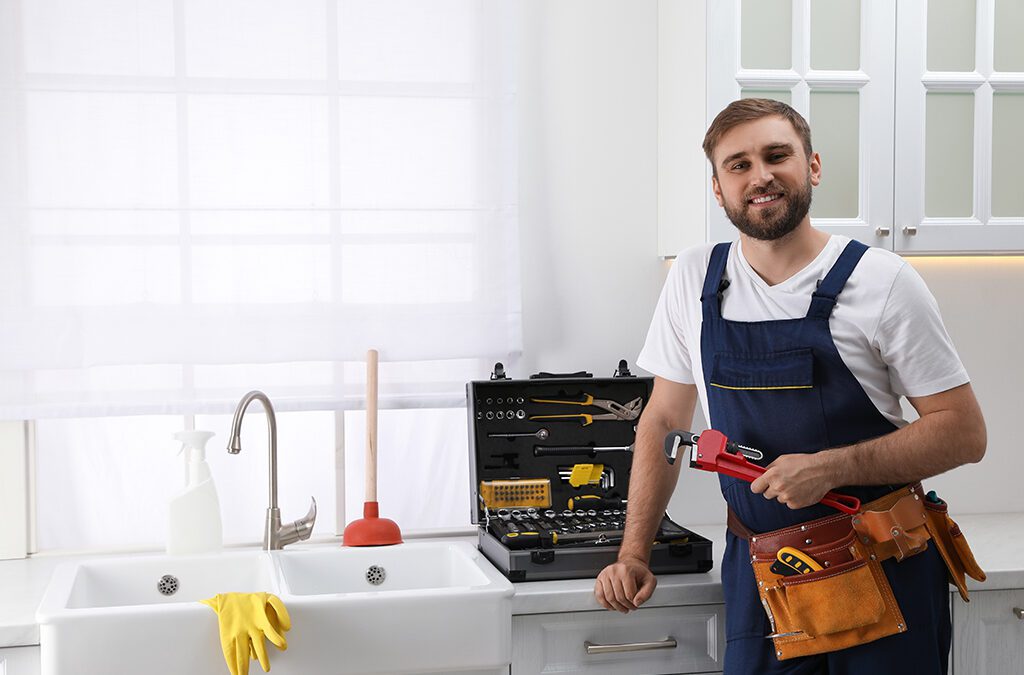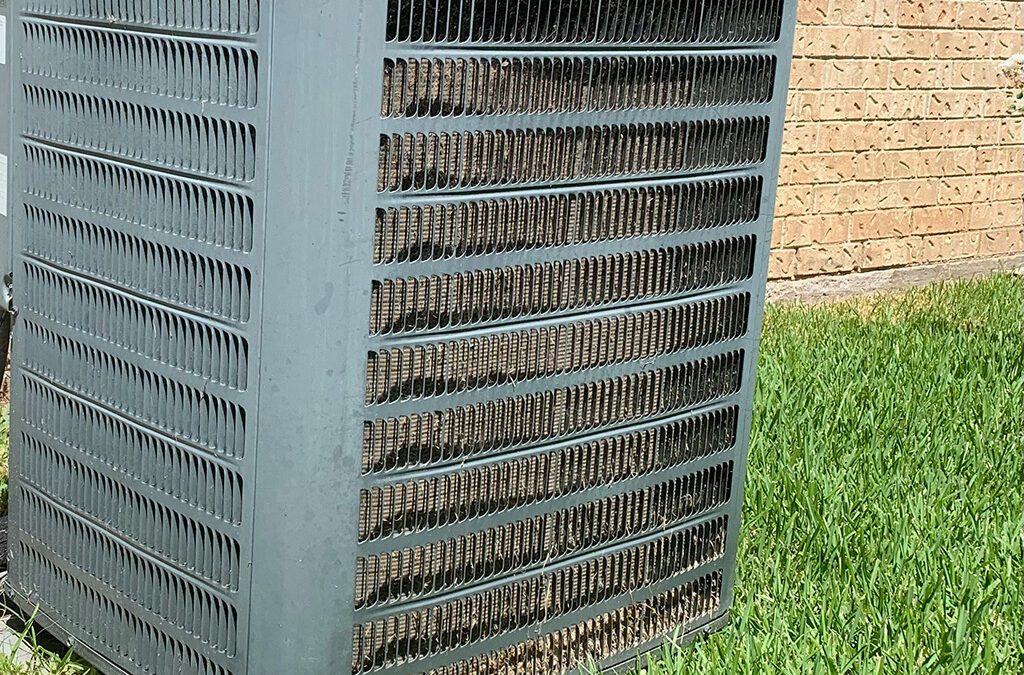Plumbing, the art of moving water so it can be used for drinking, cleaning, power, and cooling. A complicated system of pumping a fluid up from the ground and letting gravity carry it back. The thing is, with all the things that can get caught in your plumbing, the shape of your plumbing is as important as the pressurized pumps that move water. In fact, the most well-known pipes (the P-trap under the sink) are specially designed to help with odor and maintain proper flow of water within the system.
Today, traps exist in all different kinds of fixture to prevent sewer gasses from back flowing into home dwellings. While the P-trap is the most common, come in multiple shapes.
Sink Trap
By adding an adding an additional low-point to the plumbing underneath your sink, a trap is created. This new curve creates a P-Shape to the plumbing beneath your sink. The curve itself, since it’s a low point, retains water. As long as water is flowing into the trap, it can flow back out as well, maintaining positive pressure. Once water flow stops, gravity pulls the water to the lowest point in the system, keeping some water in the bend and sealing it off from further gas exchange between your sewer drain and the sink.
This is why, when you sink clogs up, many clogs are in that trap. Tiny objects that fall into the drain, if you shut off the water quickly enough, will often become lodged in this trap and can be removed by simply clearing the trap. Unfortunately, this also applies to clogging agents such as hair and grease which will settle to the bottom of the trap and clog the drain.
Toilet Trap
There is a similar trap built into your toilet as well, but rather than keeping the low point as a water trap, a high point is created to trap water within the bowl. At the back of your toilet, underneath the tank, there is a pipeline that runs from the bowl into the sewer drain. When water is not flowing into the bowl, the water level does not rise high enough to fill in this air gap. As the water level rises in the bowl, it also fills the air trap until air pressure within the bowl pushes water and waste through the trap and gravity pulls everything through to the sewer.
Grease Trap
Grease traps function a little differently from standard sewer gas backflow traps. Rather than creating a water seal to prevent gasses from flowing back, grease traps keep and even pipeline, to allow water to flow through unimpeded. A storage receptacle with a basin that’s lower than the pipe collects the grease. As water flows through the pipe, it enters the grease trap and the grease (whether still fluid or already cooled and gelled) settles to the bottom of the trap. The gravity-fed water continues through the trap, rather than simply being pulled to the bottom along with the grease.
Metro Plumbing, Heating, and Air Conditioning is the service company you want! Call us today at (423) 616-1025!



